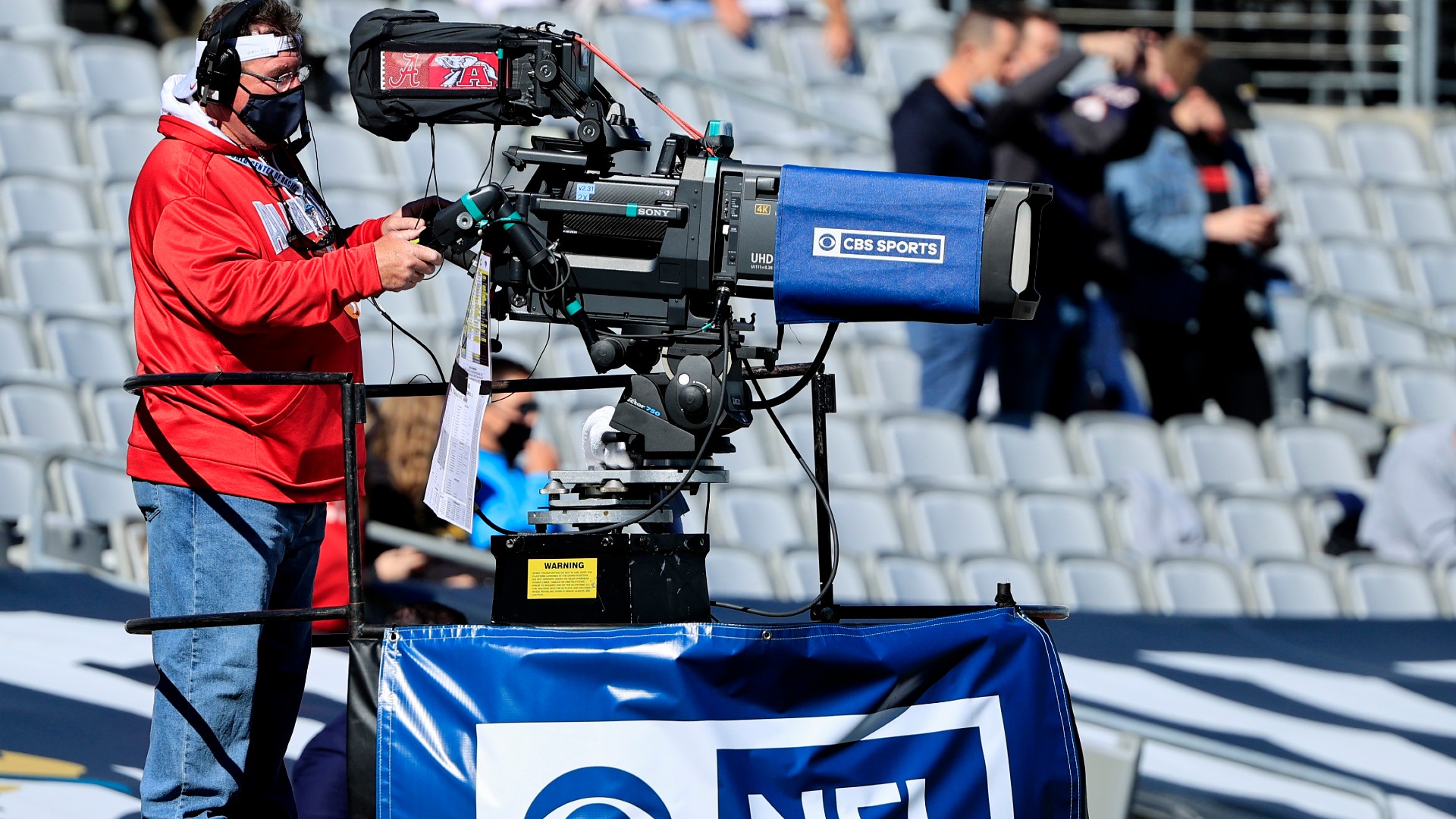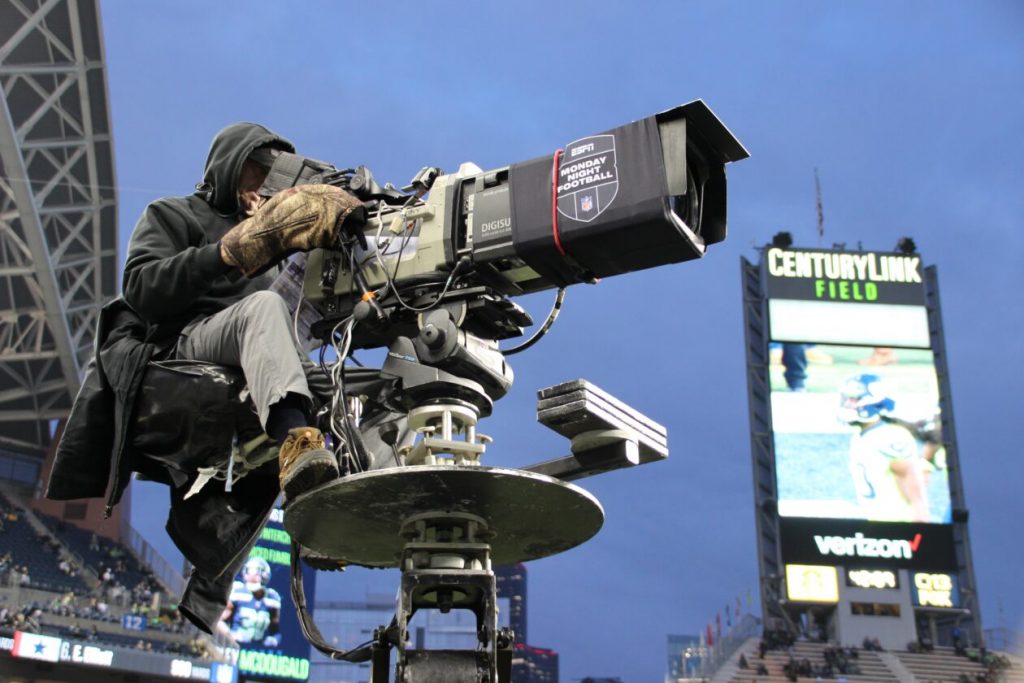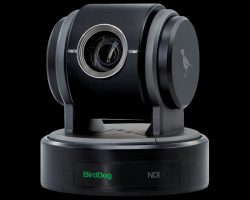Equipment
How Sports Leagues Build out Elaborate Instant Replay Systems

Many sports started as a somewhat primitive idea – most involve a ball of some sort, catching and throwing, and added elements to make the game competitive and unique. However, in the last few decades, technology has made its way into professional sports in a big way. From coaches making plays on tablets instead of markerboards, to referees and players able to review plays moments after they happened using state-of-the-art camera systems, technology has become the sixth man in a lot of sports. But once you go down the mental rabbit hole of instant replays, and dozens of available camera angles, it’s easy to get really overwhelmed trying to figure out how all of those things work. So I figured, we’re a technology company, and we’ve rented gear for professional sporting events in the past, so let’s talk about how all these things work together.
To start though, it’s important to remember that many professional sports leagues likely have their own proprietary systems for added security and customizability. When you’re spending millions outfitting stadiums with $150k cameras strapped to elaborate wire systems to track plays, it’s pretty easy to invest a bit more money to get the added customizability and security of having your own proprietary systems. That said, the principles are generally the same. So we looked at this topic as such – if we had no budget, and wanted to create a multicamera system that can do on-the-fly instant replays, how would we do it with our inventory?
The Three Segments
In order to make a multi-camera broadcasting system that can do instant replays much like that seen at an NFL, NBA, or NHL game, you need three components – the cameras, the storage, and the playback. So let’s touch on each topic one by one.
The Cameras
The most obvious tool needed to capture footage live, and play it back as needed is of course the camera. Many professional leagues will use a camera system like the Sony Pro HDC-F5500 Broadcast Camera. Camera systems like these are not commercially available to the public, and their price range is north of $100K per camera. However, the principle of the camera is the same as consumer-grade systems, like a Blackmagic URSA Broadcast Camera. Often implementing data transfer systems like fiber optic, the camera actually holds no storage system on the unit, and instead, is sent to a storage management platform that can handle the incredible amount of data. To call these cameras state-of-the-art would be a bit of an understatement, as many of them have features and tools not publicly available in your run-of-the-mill video camera. Using the Sony Pro HDC-F5500 as an example, the camera offers 4K on a Super 35mm CMOS sensor with the capabilities of 120fps. Through the use of fiber optic, RJ-45, and other connectivity options, the data transfer rate of these cameras is in the gigabit world, and is fully controllable remotely, through the use of a control room or something similar.

The Storage Systems & Control Room
The camera systems used in these platforms are only one piece of the bigger puzzle. To help dissipate heat, and help alleviate the storage limitations of SSDs or memory cards, broadcast cameras are often connected to a larger storage and power system, which is often housed in a control room. These control rooms will often have rack units used to control and record the footage from the camera systems. Through the use of these systems, data transfer speeds top out just shy of 3Gbps – which is equivalent to transferring an entire HD movie every two seconds. This speed allows the system to record the data, and send it out to a live feed almost instantaneously. It also allows for the footage to be played back in full resolution just seconds after it’s recorded – thus, allowing for instant replays to be available just moments after a play occurs.
But control rooms aren’t just used for data management, but also full control of the camera systems with extremely low latency. Many cameras can be moved and adjusted through these control rooms. And while some cameras are still controlled with a person manning the helm, each NFL game will have upwards of 20 broadcast cameras operating at a single time, with many of them on wires and other systems that need to be controlled wirelessly. This is usually operated with a small team of camera operators and directors, who are all able to work both somewhat remotely, and efficiently to keep track of the plays.
The Playback
So we have a state-of-the-art camera, and camera feeds are all being pushed to a control room at rapid speed, now we must prep for the playback. Using a large switcher board also located in the control room, a producer is able to go through, and switch from various cameras and scrub footage as needed. Because all of the cameras are fed into a single control room, the timestamping on the footage is done there, so each camera’s footage is synced with each other, and can be placed on a timeline structure, and switched from different cameras without missing a millisecond of action. A producer will then work with a switcher and board, be able to cycle through all the camera’s footage, and have an instant replay ready for playback within just a few seconds after the play occurred on the field.
And that’s the gist of it. Sadly, there isn’t a lot of information available on each league’s own systems, so information as to what specific control room setups they have is unavailable to the public. And since a lot of their systems are proprietary, and cost millions of dollars, it’s not always possible to build a system identical to the NFL or MLB – so your child’s next little league game is going to likely have to stick to iPhone clips. However, if you were looking to put together a large system like this, for a game or other larger event, we decided to dig through our inventory and build a system that would be able to perform much like those found at large sporting events or any other event that might need a multi-camera setup.
Building a Similar System
Many broadcasting systems scale up pretty quickly, but you’d need the three main components to make it all go live. Most production-level equipment has a ceiling based on how many video streams you may need, so we settled on systems that allow for up to four video feeds for our recommendations. But if you need more, give us a call, and one of our experts and build a system to your needs.

Cameras
For cameras when it comes to a multi-camera system that would allow for quick playback, we recommend the Birddog P100 system. With full remote control capabilities, the Birddog shoots 1080p footage at up to 60fps, and has all the functionality you’d need to build out a multicamera system while keeping a close eye on the budget. Whether you’re needing just two cameras or more, the BirdDog P100 is a great option and is also used in professional capacities, like in the NBA.
Production Side
On the production side, you’ll need a few tools to operate as your control room setup, as well as your instant replayer. For that, we recommend a couple of products that offer an easier all-in-one solution – The Blackmagic ATEM Mini Premium Streaming Kit will get you most of the way there, and the Roland P-20HD Video Instant Replayer will get you to the finish line.
The Blackmagic ATEM Mini Premium Streaming Kit will operate largely as your control room, giving you all you should need to get started on using multiple camera setups. The kit comes with multiple tools, so let’s briefly explain each of them. First, you have the Blackmagic Design ATEM Mini HDMI Live Stream Switcher, which gives you the ability to switch to various camera feeds on the fly. Blackmagic Design HyperDeck Shuttle HD operates as your playback device, and the Blackmagic Design Video Assist 7-inch 12G-SDI/HDMI Recorder is your screen along with your recording device for the video feed. Finally, the kit also includes a Gigabit switch for an unmanaged data transfer hub, along with a few cables to get you started on piecing everything together.
The Roland P-20HD Video Instant Replayer will give you a standalone system for instant replay playback functionality. Using this in conjunction with the Blackmagic ATEM Mini Premium Streaming Kit, you’re able to record footage simultaneously while prepping additional footage for instant replay playback.
And that’s the kit that would get you an up to four camera system that can give you camera-switching functionality as well as instant replay abilities. However these systems are highly customizable, and as such, custom outfits are common for individual jobs. So if you have questions or an upcoming job that requires large broadcasting functionalities, please don’t hesitate to give us a call, and one of our experts can help build out a rental order that works well for the job at hand.
Thank you to LensRentals.com staff members Ally Aycock-Patterson and Jenn Allmon for giving recommendations in this article based on their extensive experience in broadcasting.
Related Reading
- Why Manufacturers Make a Specific Camera Lens
- What Netflix’s Approved Camera Attributes Mean and Which of Our Cameras Qualify
- The 2022 Guide to Video Batteries
- What Sensor Size is Best for You as a Videographer?
